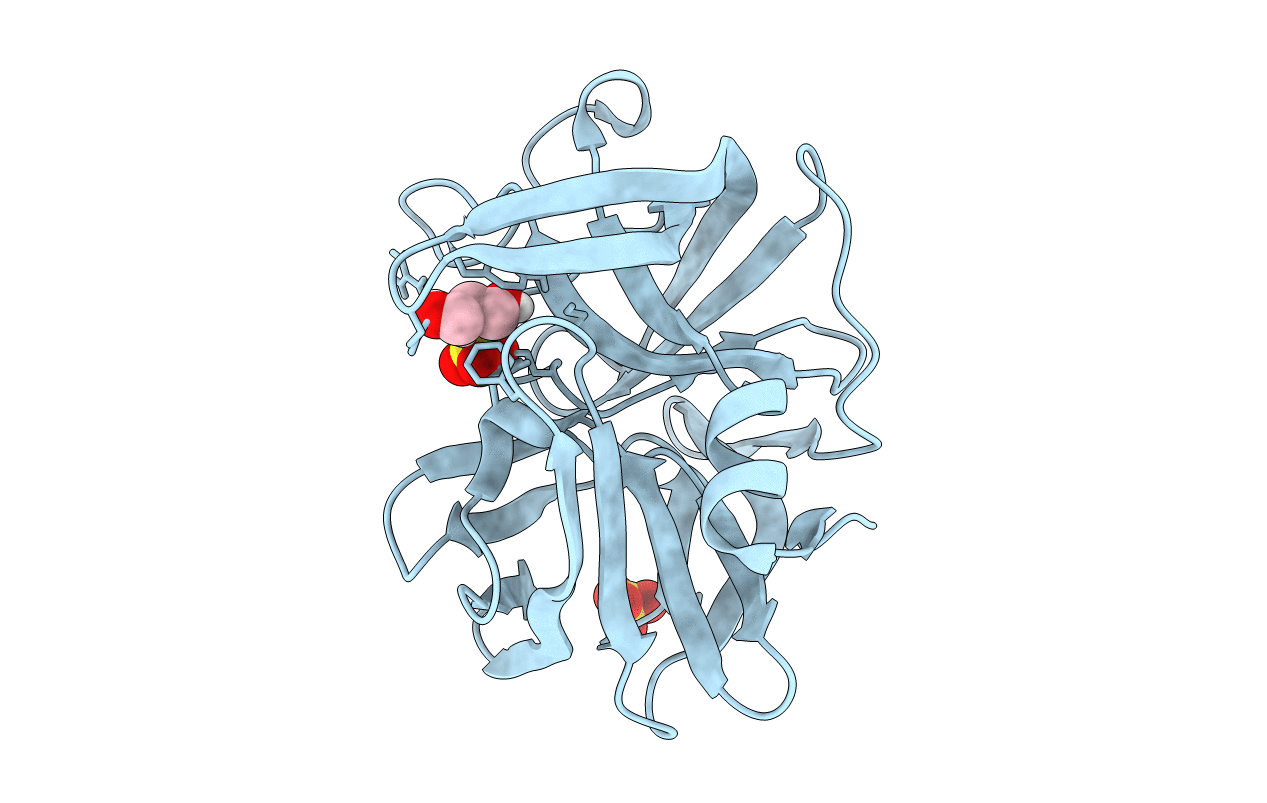
Deposition Date
2011-11-22
Release Date
2012-05-23
Last Version Date
2024-11-20
Entry Detail
Biological Source:
Source Organism:
Lysobacter enzymogenes (Taxon ID: 69)
Host Organism:
Method Details:
Experimental Method:
Resolution:
1.10 Å
R-Value Free:
0.13
R-Value Work:
0.11
R-Value Observed:
0.11
Space Group:
P 32 2 1


